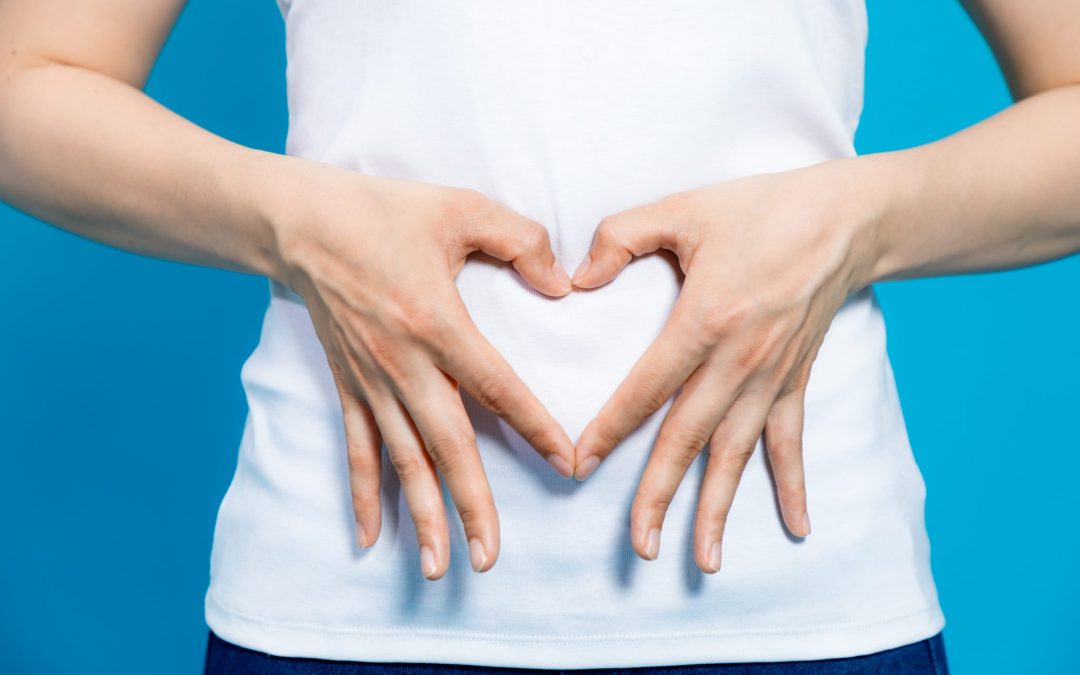Most of us probably don’t spend all that much time thinking about our uteruses. Sure, our cycles might provide a regular reminder of their existence, but how much do you really know about this life sustaining part of your anatomy? Here are six uterus facts that will definitely leave you thinking about this amazing, little organ!
1. It’s small…and super stretchy
The uterus is tiny—roughly three inches long by two-and-a-half inches wide, or the size of a small pear. During the nine months of pregnancy, however, it expands to more than 500 times its original size to that of a watermelon! No other organ in the body can handle this type of immense change in a short period of time without permanent deformity or a whole lot of pain. Translation: Your uterus is a badass.
2. It’s the only organ that can generate another organ
And that organ is…the placenta! The placenta begins to develop when the fertilized egg attaches itself to the lining of the uterus a few days after ovulation.This incredible, pancake-shaped organ grows in the uterus during pregnancy, providing nutrients to the fetus and removing waste. The placenta attaches to the uterine wall and is connected to the fetus by the umbilical cord.
3. Some women have two
Uterus didelphys means being born with two uteruses, and in some cases, two cervixes, and two vaginal opening. The condition, which is estimated to affect one in every 3,000 women, develops in utero. A female fetus develops two tubes that normally fuse together to create the uterus. Occasionally, however, those tubes form independently to create two separate structures. Uterus didelphys can occur without presenting any obvious signs or health risks.
4. And some women have none
Roughly one in 4,500 women are born without a uterus. Women born without a uterus can still have ovaries, meaning they can still ovulate. The absence of a uterus is usually discovered because of amenorrhea, lack of a period. People without a uterus can be perfectly healthy. They just can’t get pregnant or menstruate. But, thanks to science, even that’s changing. Womb transplants are becoming increasingly common, and in 2017 a uterus transplant patient gave birth to a baby for the first time in the U.S.
5. It helps you connect with your baby while you’re pregnant
The uterus is where babies first start experiencing their moms and the outside world. Starting around 10 weeks, babies can feel their moms’ heart beats and at 20 to 25 weeks, they start to hear the muffled voices through the womb. Babies are also able to feel your emotions in utero. Hormones like adrenaline, cortisol, endorphins and serotonin are all passed to the baby through the umbilical cord.
6. It changes during the phases of your cycle
While you’re probably pretty familiar with ovulation and menstruation, unless you’re trying to get pregnant right now, you might be less aware of the luteal phase. The luteal phase is the part of your cycle between ovulation and your period. It usually lasts 12 to 16 days. The length and quality of your luteal phase can tell you a lot about your fertility (a short luteal phase could make it harder to get or stay pregnant). During this phase, progesterone helps thicken your uterine lining so that a fertilized egg has a soft, cozy bed to land. If no egg implants, the corpus luteum stops producing progesterone after about 10 to 16 days, and you shed your uterine lining in your period. Drinking Freya teas can help you optimize your luteal phase for easier conception when you’re ready to get pregnant.*
Ready to give your amazing uterus some TLC? Order your supply of Freya, and start supporting all of your reproductive organs!
*This statement has not been evaluated by the Food and Drug Administration. This product is not intended to diagnose, treat, cure, or prevent any disease.
